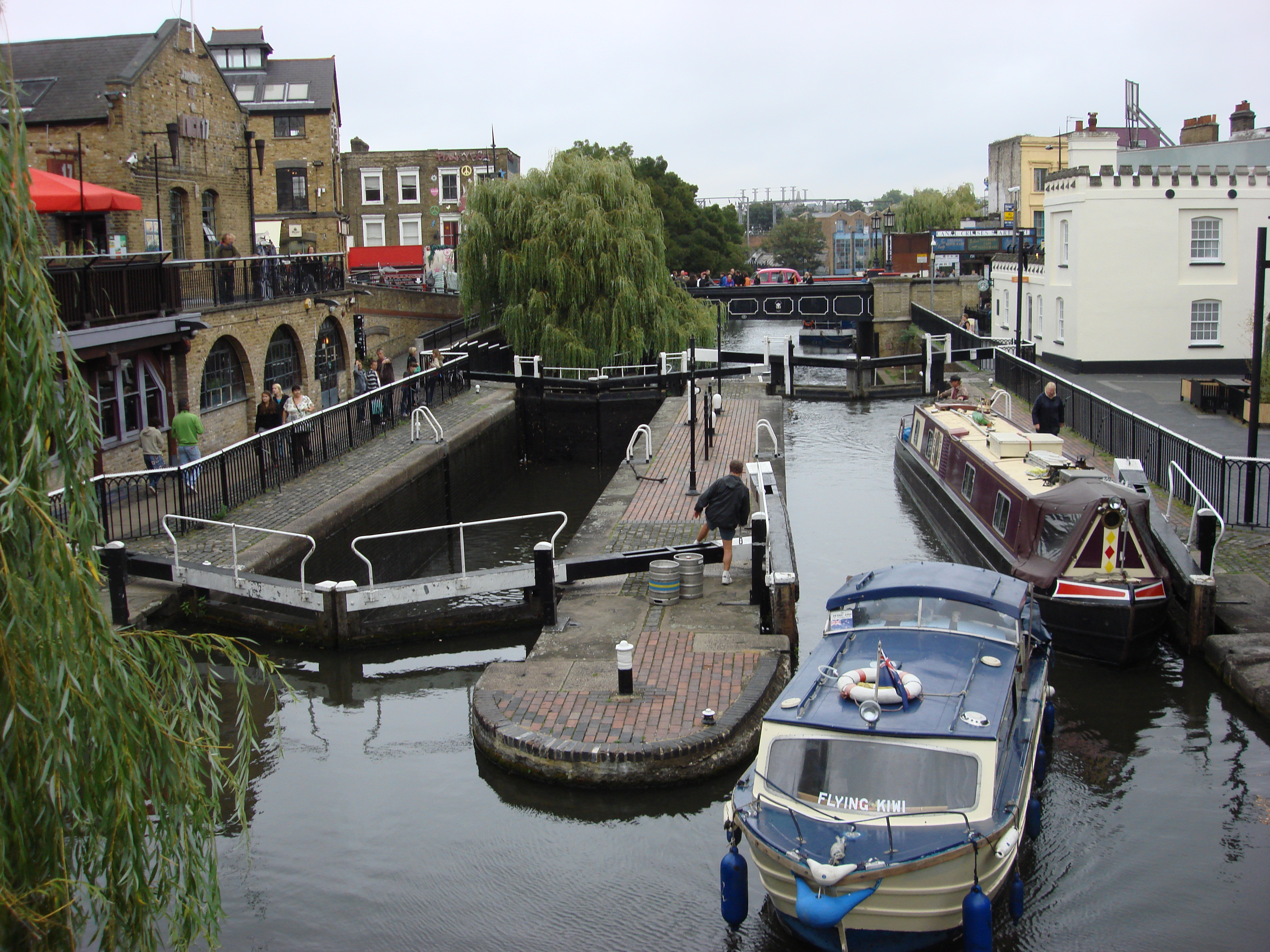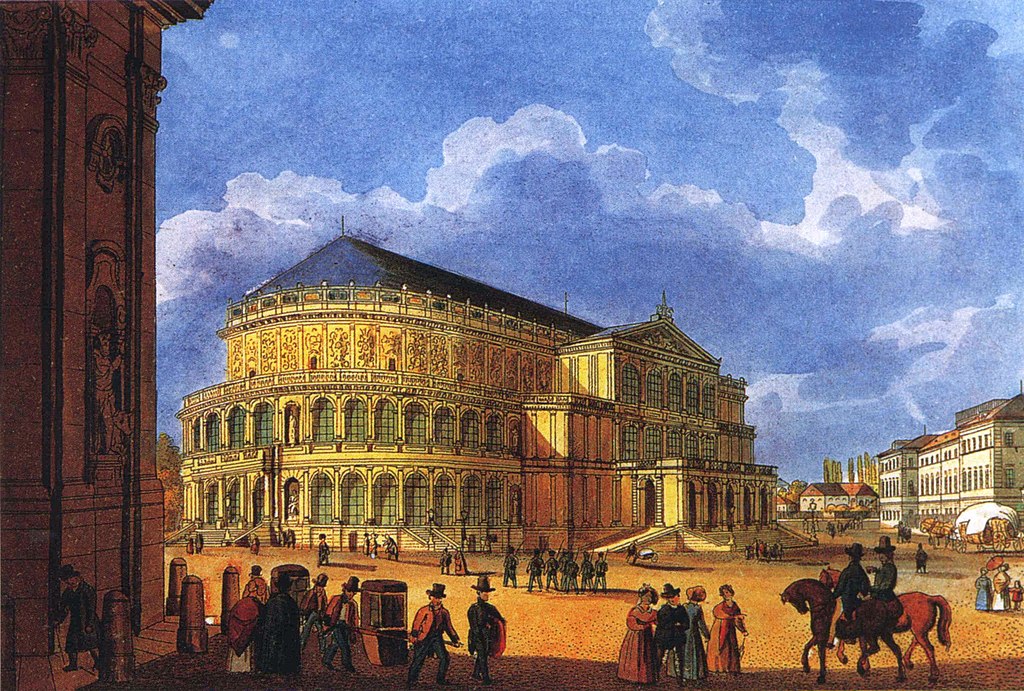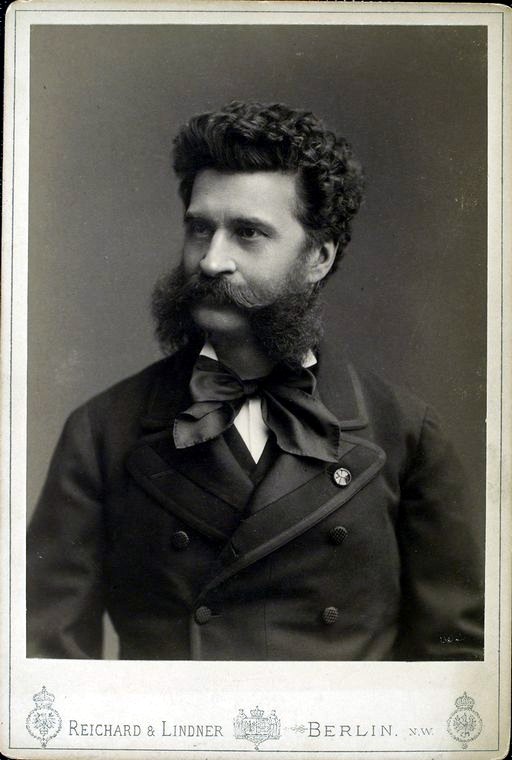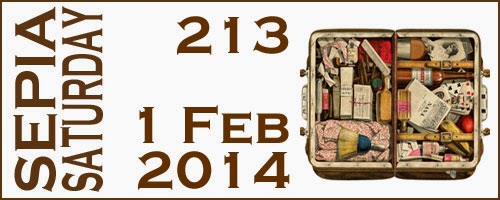Photographs of 19th century musicians who display several musical instruments are fairly common, but this young man wins the talent prize for a multi-instrumentalist with five instruments – cornet, cello, two violins, and piano. Seated on a frilly covered piano stool he holds both a cornet and a violin. One foot rests on a violin case and behind it is the cornet case. The cello leans against his knee and on top of the piano is the other violin along with his top hat. There is even sheet music on the piano desk which unfortunately has been overexposed and is unreadable. The arrangement of his pose and instruments strongly suggests he is a professional musician. Though we have to wonder where he sat in an orchestra.
![]()
The man's direct stare at the camera accentuates his delicate features and I imagine he might be of Scandinavian origin with straw blond hair and blue eyes. Unfortunately all that remains of this photograph is the thin paper print, as sometime in the past it became separated from its original card mount. That leaves few clues for identification, so he could be American, or Canadian, or European. Since we really can't say where he is, but no one can prove otherwise, I will give him the name of
Mr. Jensen.
The cornet's configuration is covered by his hand and the upright piano's label is also hidden, so we can't learn much about those instruments. However the string instruments are unusual because they all have machine gear winders for the strings instead of the more traditional friction pegs. Usually only the heavy strings of a double bass use these devices for adjusting the string tension. The 19th century was an age of innovation and yet novel mechanisms like these failed to last into our 21st century. Today no violin or cello would be fitted with such a heavy apparatus.
The cello keeps the basic form of a violincello but it has a crude almost folk craft construction. It has no end pin and the bridge appears to be fastened on with cord. It also looks like it has suffered some abuse. Most likely because it didn't have a case.
The instruments only give us a general era of mid-19th century for the photo, but Mr. Jensen's suit happens to resemble the clothing of another mufti-faceted musician who can help us date when his photograph was taken. If we compare lapels and buttons, he probably had his photograph made around 1885.
This gentleman wears a nearly identical suit coat as that of Mr. Jensen. It is fastened with only one top button which revealed the vest and allowed a pocket watch to be easily at hand. He only has three instruments placed around him so he rates only a second place prize, though he does get an honorable mention for a champion mustache. He holds a violin and on the floor beside him is a tenor horn (or possibly a baritone ) and a small
Parlor guitar. Just behind is a metal folding music stand that has changed very little in 129 years and still remains a standard musician's accessory. It holds some sheet music and there is more in the open violin case next to his chair. The purpose of the music and instruments may be to demonstrate his accomplishment in the cultured art of music, but like Mr. Jensen, he could also be advertising his skill as a professional musician.
This photograph is on dark green card stock and has no photographer's imprint, but it does have a penciled signature on the back.
Mr. R. M. Johnson
East Troy
Pa
1885
I have enhanced the scan to bring out the signature and the date of 1885.
The name R. M. Johnson was shared by thousands of American men in the 1880s. Even if we thought this musician's first name was Robert or Raymond, it would still match hundreds of other Pennsylvania names in official records.
Besides that problem, East Troy does not seem to exist as a place name in Pennsylvania anymore. However there are two small townships with the name of Troy. One is
Troy Township in Bradford County in eastern Pennsylvania and the other is
Troy Township in Crawford County in western Pennsylvania. Both have about the same population of 1,500 today, and to make things confusing, both have roads named East Troy Road.
A puzzle with this many pieces might turn it into another cold case like last week's story of the
Broughton Band, except for a brief mention in the Harrisburg, PA,
Daily Telegraph.
![]() |
Harrisburg Daily Telegraph
26 February 1881 |
This clipping with the heading of
List of Patents comes from the Harrisburg
Daily Telegraph of Saturday Evening, Feb. 26, 1881. The report lists 14 Pennsylvanian inventors and their inventions as recorded that week at the U.S. Patent Office. There is F. L. Blair of Allegheny City, cork cutting machine; J. Gearing, Pittsburgh, hoop iron mill; L. P. Teed, Erie, ladder.
And in the middle is
R. M. Johnson, East Troy, thill ripling.
The British government Patent Office conveniently printed a book with all these American names in the March 15, 1881 edition of
The Commisioners of Patents Journal.
At the bottom of page 738 is a listing for:
238,124. Richard M. Johnson
of East, Troy, Pa.
for "A thill coupling"
– Application filed
8th January, 1881.
– No model.
Could this be the same man? The patent listing doesn't indicate which East Troy it might be. The name might be just a coincidence.
Except that Richard M. Johnson's
U.S. patent application for a
thill coupling (
ripling is a printer's typo) can also be found in Google's archives. He may not have had a model but he was required to provide an illustration, and in front of witnesses and his attorney, Richard M. Johnson signed it.
The Letters Patent No. 238,124, dated February 22, 1881 says:
Be it known that I, RICHARD M. JOHNSON, a citizen of the United States, resident at East Troy, in the county of Bradford and State of Pennsylvania, have invented certain new and useful Improvements in Thill-Couplings; ... (etc.)This official document places Richard M. Johnson in the East Troy of Bradford County, PA which connects him to the Harrisburg clipping. But is he the same man as the multitalented musician in the photograph?
![]()
I think the signatures are a very close match. The upper and lower case letters are of a similar proportion and the slant is consistent. The surname
Johnson has the
J and
on separate, while the two letters
oh connect.
A hunt through Ancestry.com uncovers the name
Richard Johnson age 34, occupation
Laborer with his wife Alice, age 21 and daughter Bessie, age 2. He was also recorded in the 1860 and 1850 censuses for Troy, Bradford County, PA. A descendent adds more with a family tree that includes his full name as
Richard Morrell Johnson, his birth in 1845, Candor, New York and his death in 1903.
This might seem a confirmation. Except ...
Applying the same search filter to R.M. Johnson but for Crawford County in western Pennsylvania uncovers an entry in the 1870 census of Meadville, Crawford County, PA for
Richard M. Johnson, age 26, occupation
Laborer with wife Olive and son Charles.
However Meadville is about 30 miles west of the Troy in Crawford County, and this Richard M. Johnson has no other records for this county. This puzzle piece doesn't fit quite as easily as the others. Nonetheless it still keeps the possibility open that R. M. Johnson the musician is from western Pennsylvania and Richard M. Johnson the inventor is from eastern Pennsylvania.
If I am correct, R. M. Johnson was indeed a man of many talents. One of the more celebrated names in the 19th century was that of
Richard Mentor Johnson (1780 – 1850), the 9th Vice President of the United States who served under President Martin Van Buren from 1837 to 1841. It would seem a practical habit for any man with the same first name to shorten it to just initials.
>> <<
If you have read this far you might have wondered what a
thill coupling is. Another patent illustration from 1902 of a
Horse Detacher invented by T. P. Rumsey helps us understand. The horse is shown harnessed to the wagon between a pair of curved poles or
thills (#1). The thills were hinged at the front axle and allowed the connection between horse and wagon to be flexible.
Since the horse was the most common engine of power that people of earlier centuries knew, it makes sense that this animal would inspire so many creative ideas. In the 1881 Patent Journal, in between
Thermostat and
Thimble, there are 78 improvements on
Thill Couplings, including two with
Anti-Rattler devices. The newspapers of the 1800s were filled with reports of frightful accidents caused by horses and wagons. Evidently there was always room for improvements.
>> <<
![]()
In a strange coincidence I found my own name listed in the 1881
Official Patent Report. In November of that same year, an
L. K. Brubaker secured a Patent, No.249,741 for an improved
Carriage Top. His full name was Levi K. Brubaker and he was from
Lititz in southeast Pennsylvania. This is a borough of Lancaster County, the center of Amish and Mennonite traditions and it is where my forebears came from. This same folding buggy cover is probably still in use by Amish families, who believe an automobile, truck, or tractor is unnecessary for their way of life when a mule or horse will do.
No doubt Mr. R. M. Johnson and Mr. L. K. Brubaker would have traded a lot of stories about horses and wagons had they ever met.
And Mr. Jensen? He probably knew some tall tales too.
>> <<
In the 19th century the patent office seemed to publish dozens of books every year. Mr. Johnson's thill coupler showed up on page 463 in a
different edition and it included a reduced illustration and description.
But my attention was drawn to the entry just above it. This report has the patents in numerical order and No. 238,123 which precedes Johnson's invention is an image of something that everyone around the world today would instantly recognize. It is the
Safety Pin, invented by Joel Jenkins of Mont Clair, New Jersey.
What kind of royalties do you suppose Mr. Jenkins received for his idea?
This is my contribution to Sepia Saturday
where everyone is thinking outside the box this weekend.



























































































































































